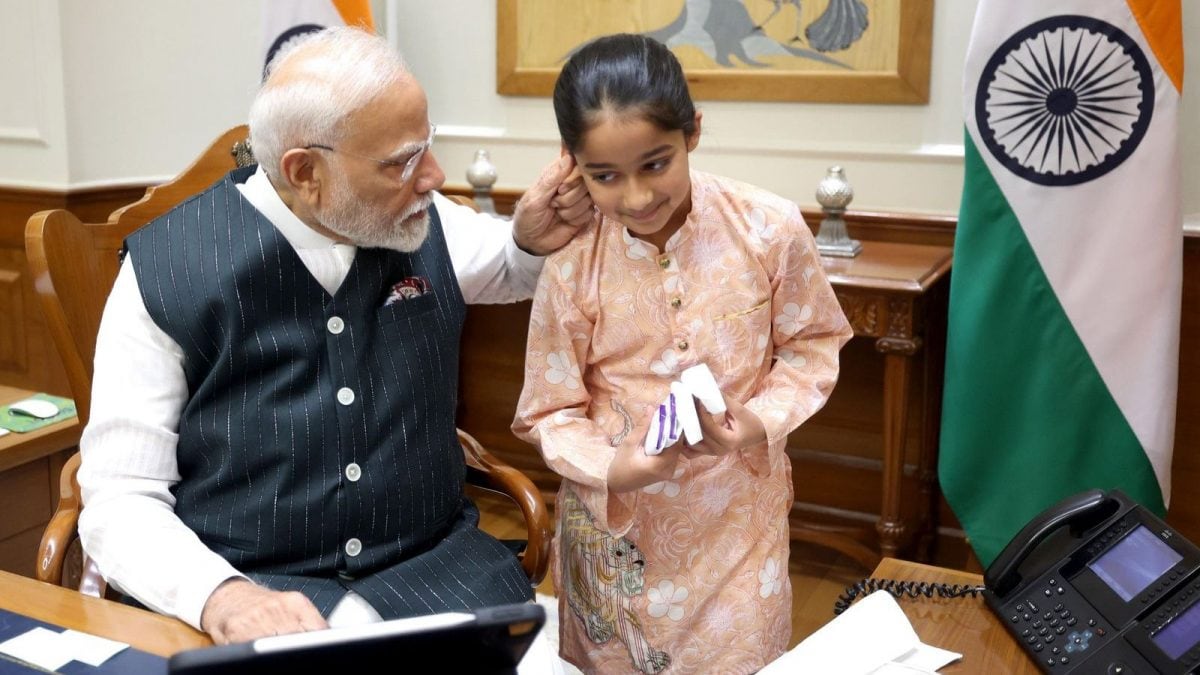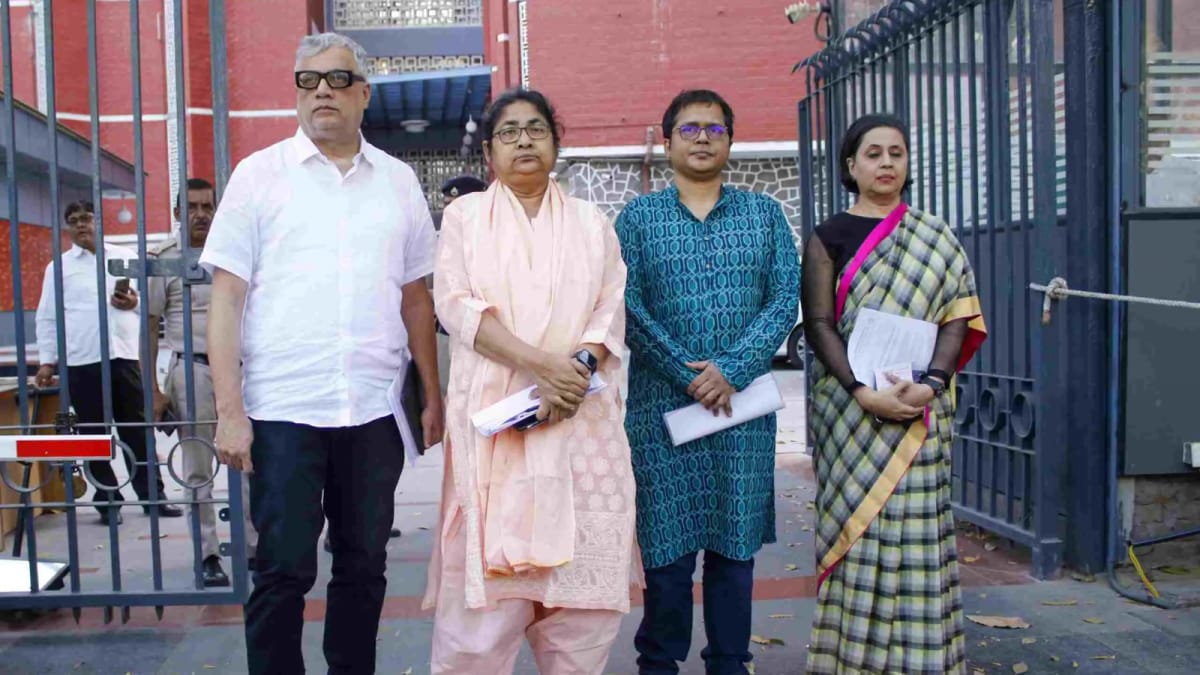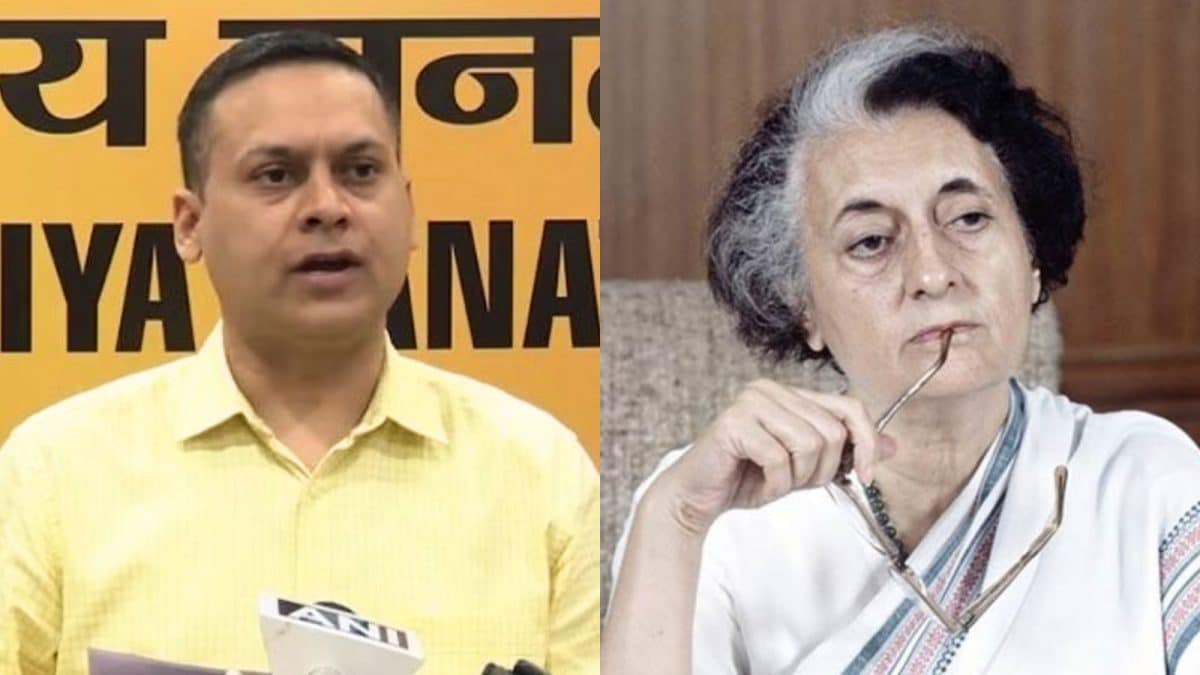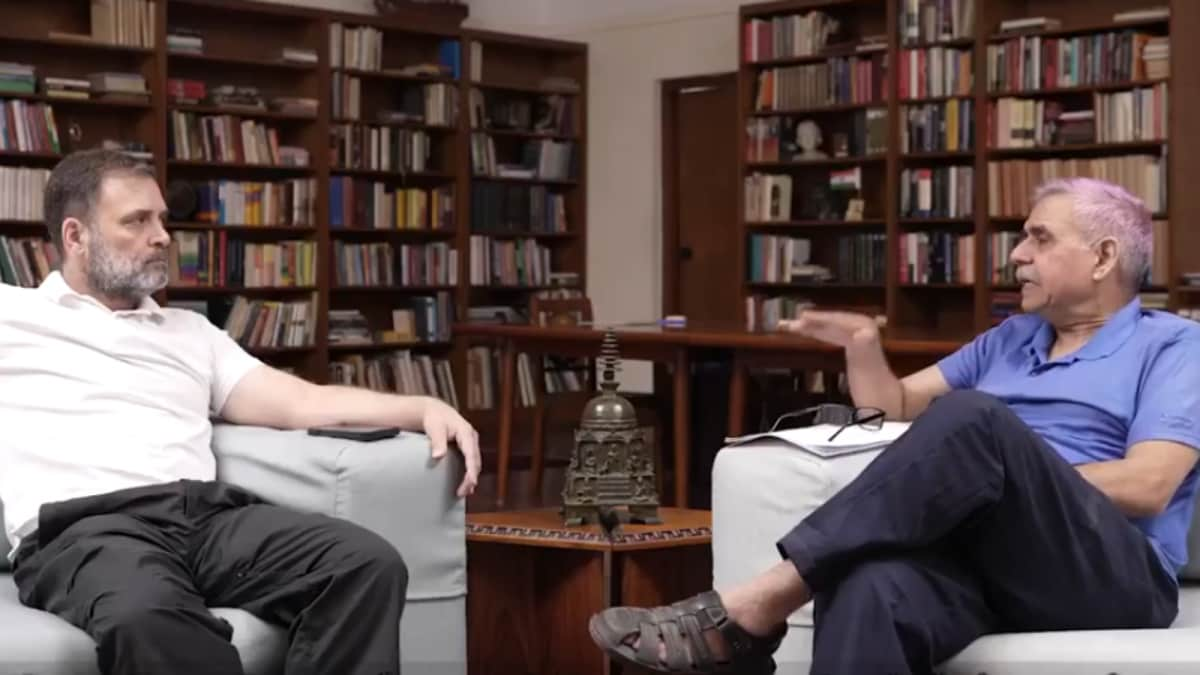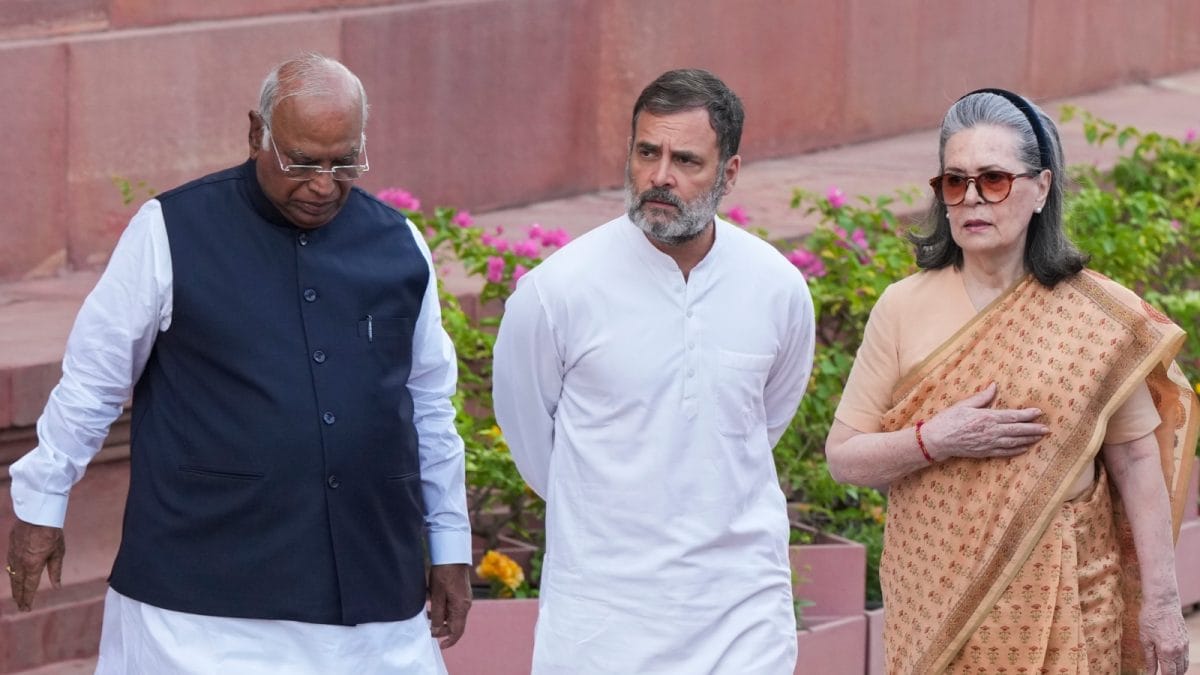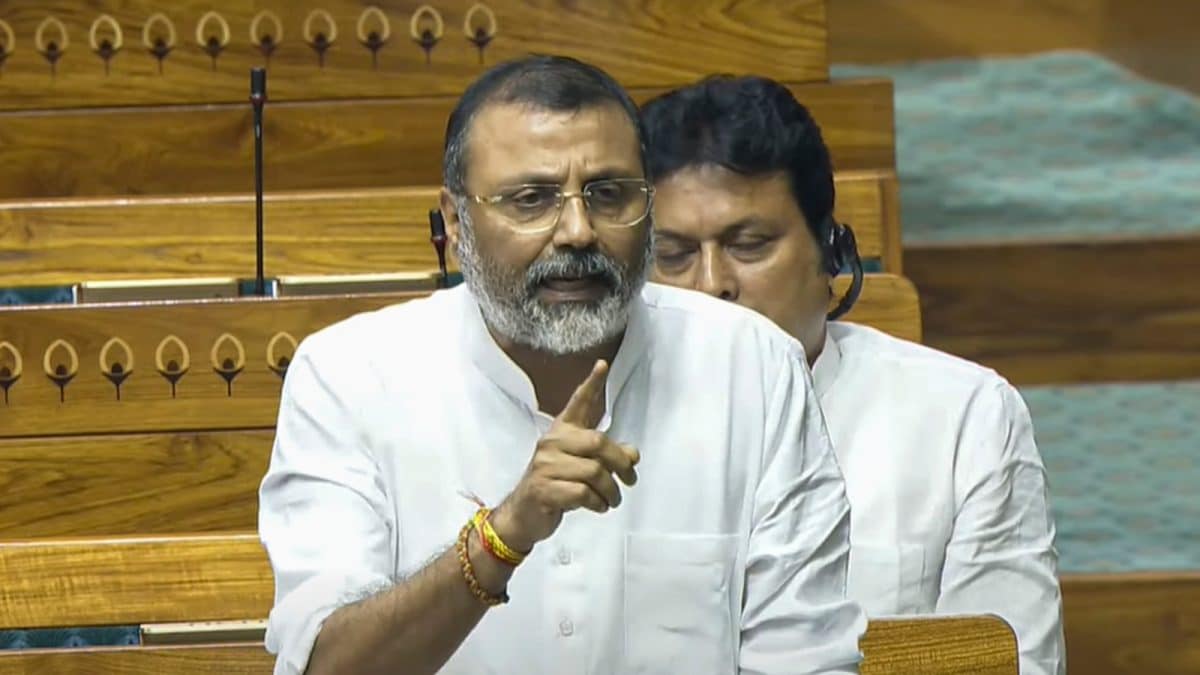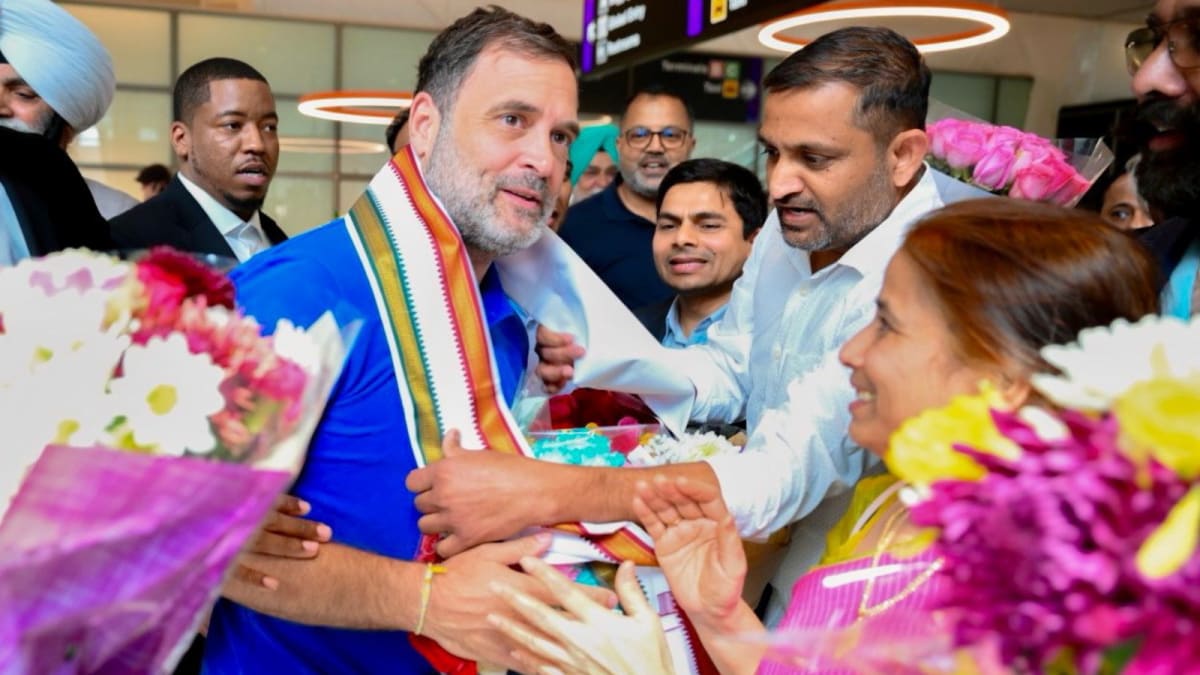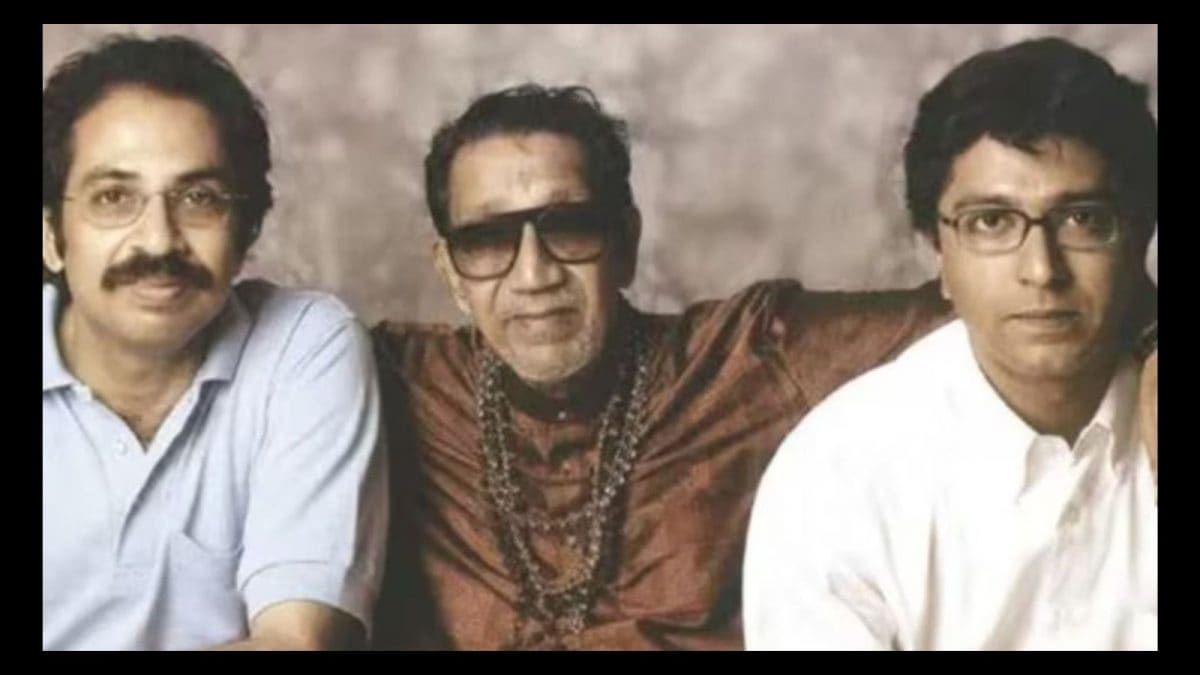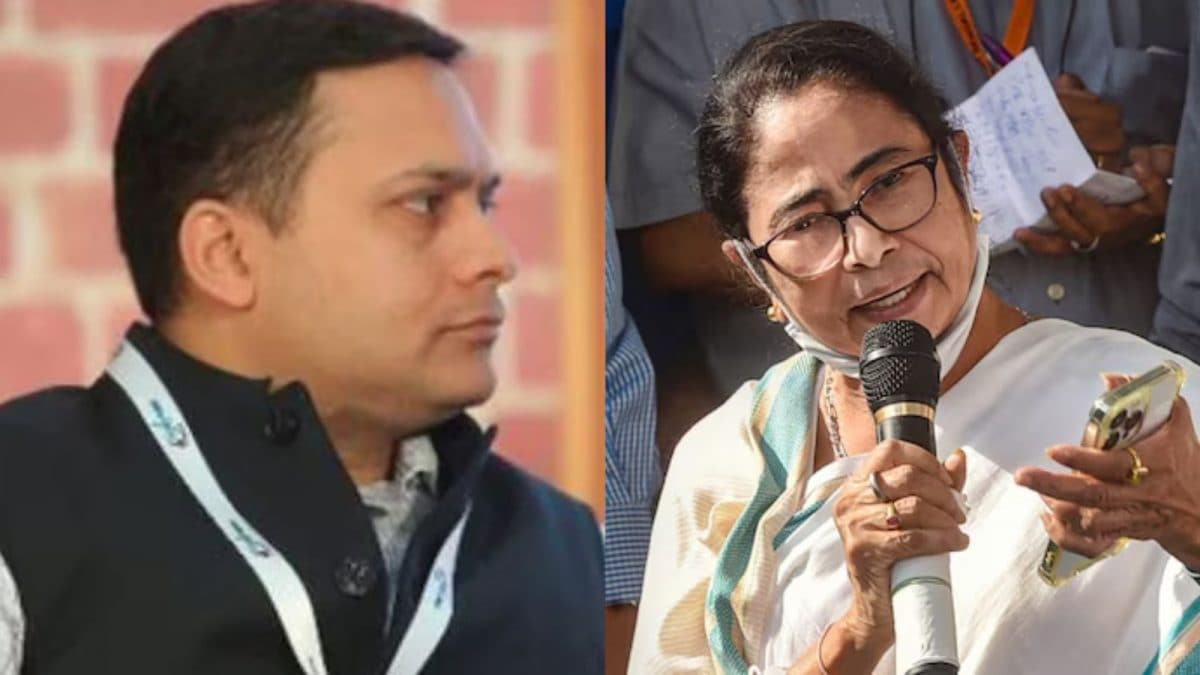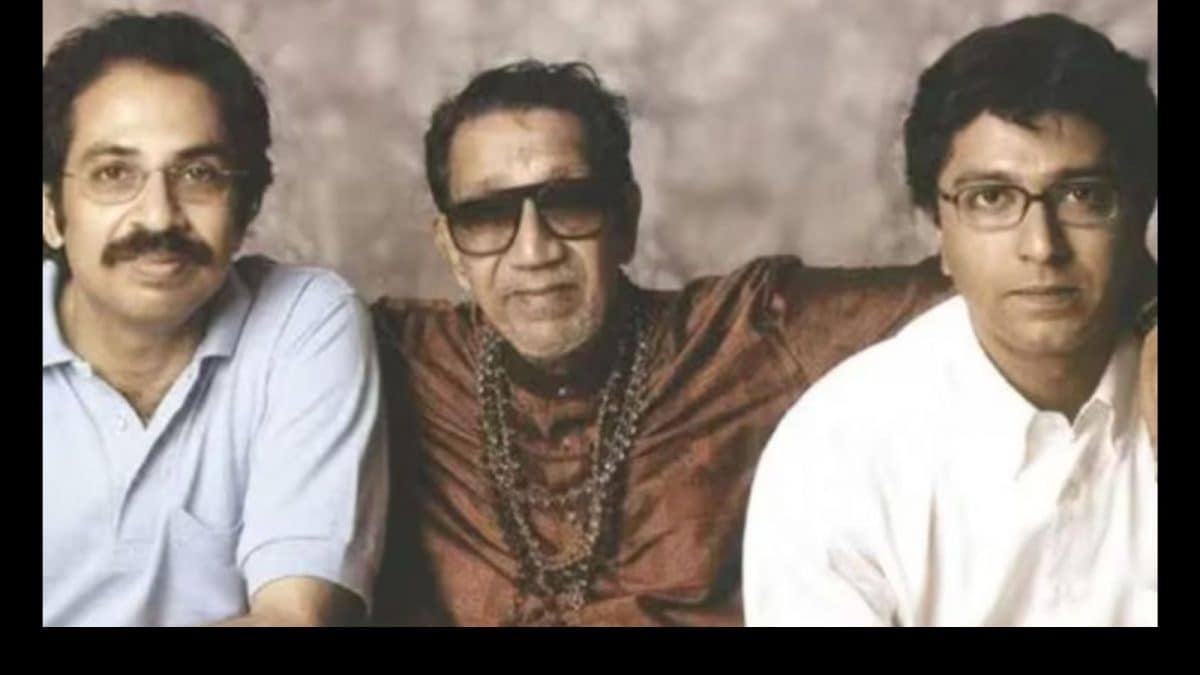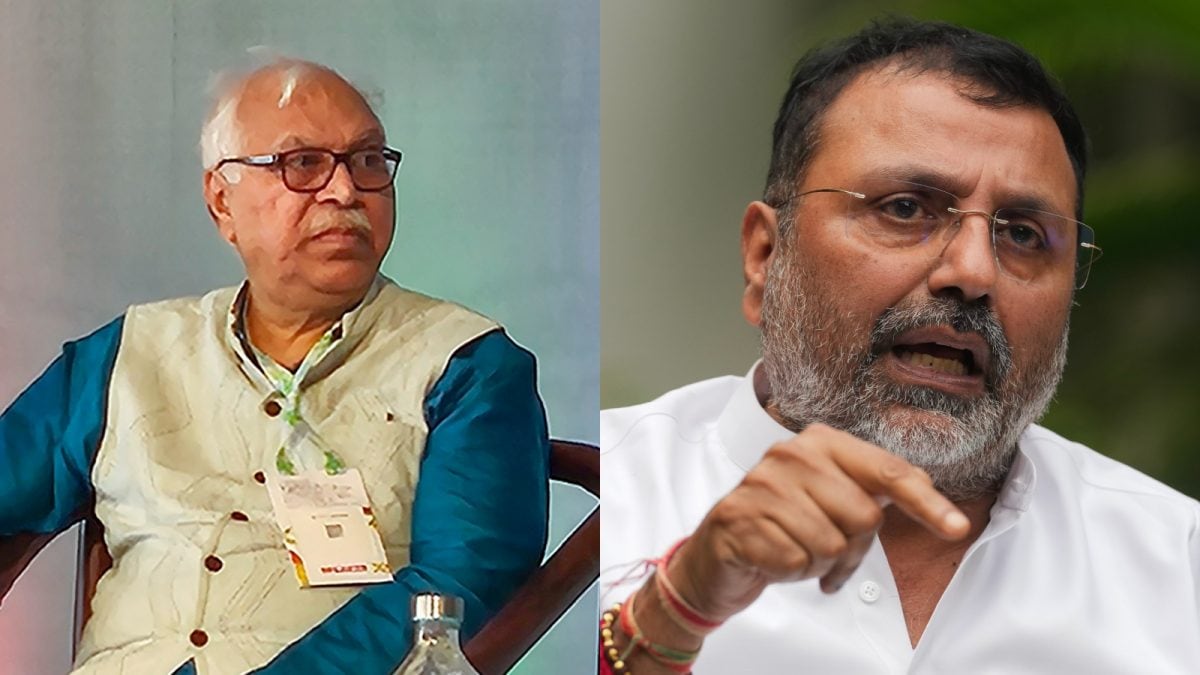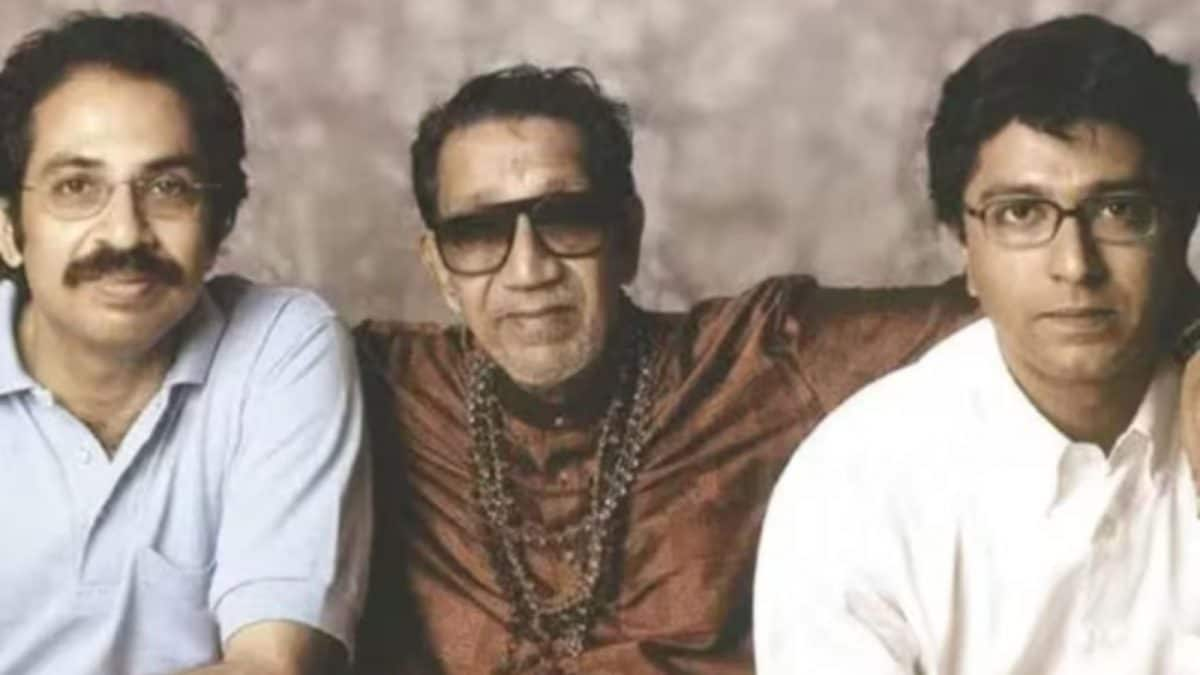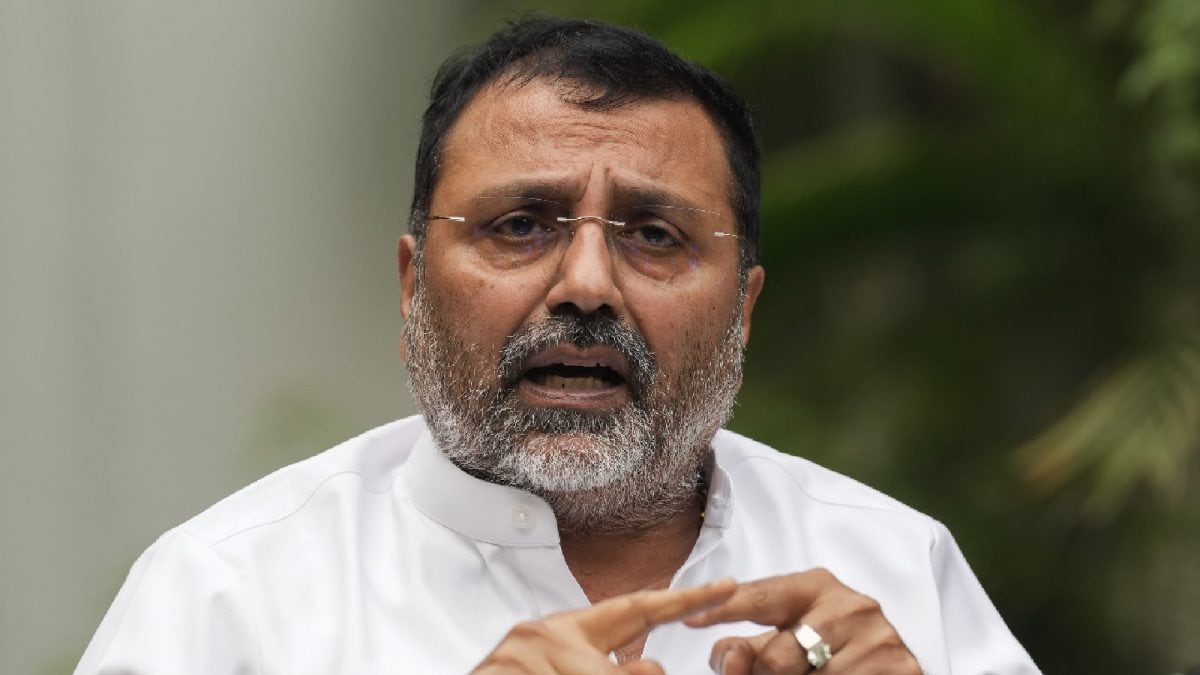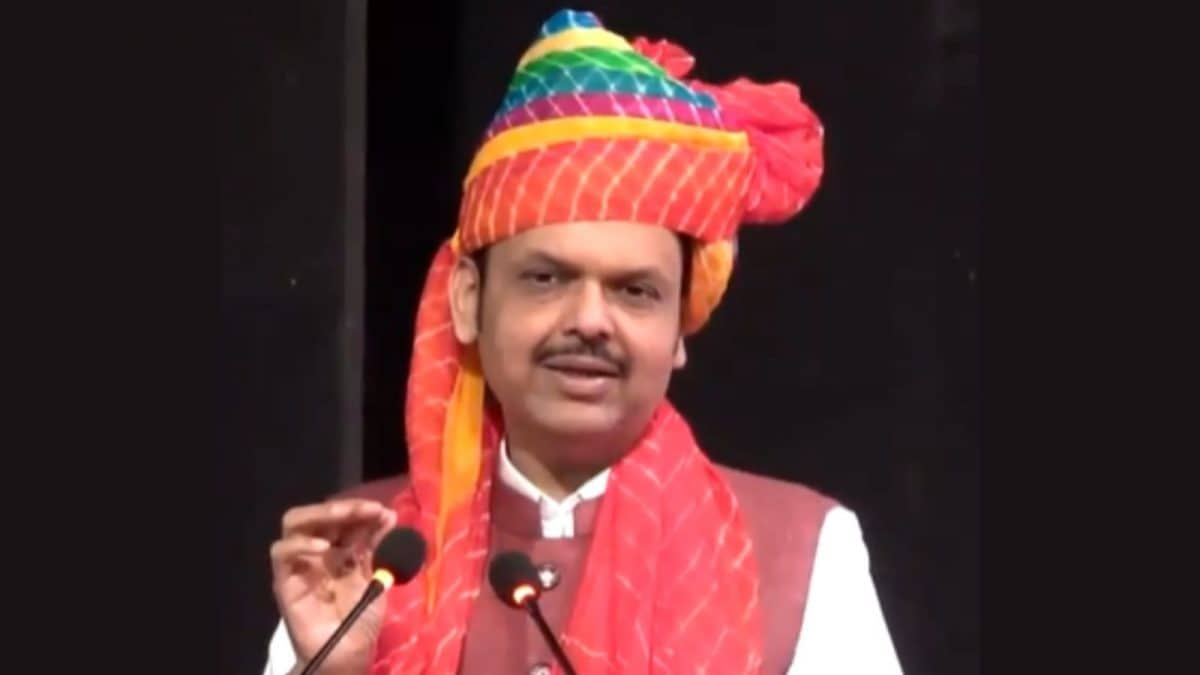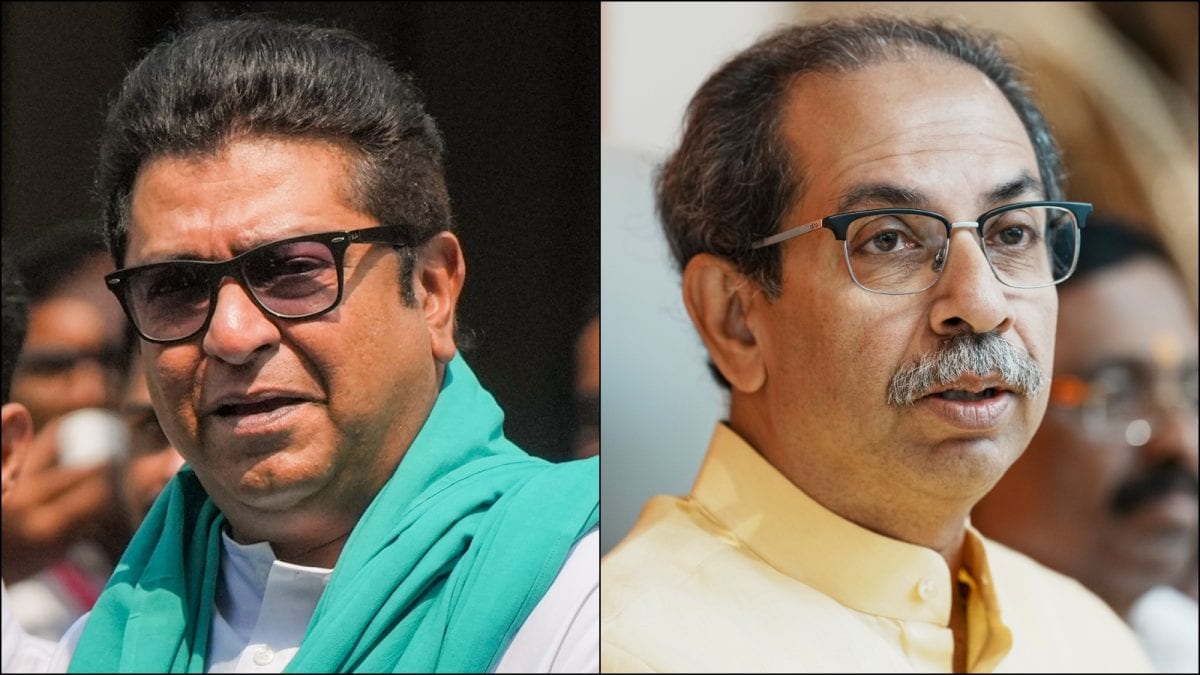Last Updated:March 29, 2025, 10:00 IST
Built in honour of Dr Keshav Baliram Hedgewar by his successor, MS Golwalkar, this site serves as both a tribute and a pilgrimage point for those who trace their ideological lineage to the organisation. Later, it became the place that houses the memorial of both...Read More

Beyond its ideological significance, the mandir appears to be testimony to continuity — the past, present, and future of a Hindutva movement that has shaped the national and political discourse of the country for nearly a century. File pic/ANI
Tucked away in the heart of Nagpur, the Reshimbagh Smruti Mandir, or Dr Hedgewar Smruti Mandir, is more than just a memorial of the Rastriya Swayamsevak Sangh (RSS) founder — it is a place that is deeply intertwined with the ideological roots of the organisation.
Built in honour of Dr Keshav Baliram Hedgewar by his successor, MS Golwalkar, this site serves as both a tribute and a pilgrimage point for those who trace their ideological lineage to the organisation. Later, it became the place that houses the memorial of both the first two Sarsanghchalak, or chiefs, of the RSS.
To thousands of Sangh volunteers or Swayamsevak, the place is not merely a structure of stone and inscriptions but a space where the organisation’s vision continues to find resonance, influencing India’s socio-political-cultural fabric. The place has seen controversy erupting over the BJP government granting it tourism status, and simultaneously, it also witnessed political stalwarts of India paying a visit.
Vajpayee, Pranab to Modi
Now, with Prime Minister Narendra Modi’s visit, scheduled on March 30, the spotlight on Reshimbagh Smruti Mandir intensifies. This will be Modi’s first visit to Smruti Mandir to offer prayers since becoming the Prime Minister in 2014.
According to sources in the RSS ranks, Modi visited the place last time in 2012 when he was the chief minister of Gujarat. Atal Bihari Vajpayee, former Prime Minister, also visited Smruti Mandir in 2007; however, he was not the PM then.
The place witnessed Pranab Mukherjee, former President of India, visiting in 2018. Mukherjee attended the RSS Tritiya Varsha Shiksha Varg and delivered a speech there. His schedule in Nagpur included almost a day at the Sangh premises. Mukherjee, who was known as a fine Congress politician, spoke about “pluralism" and “tolerance" there.
Modi’s visit to the Smuriti Mandir—after almost a decade—is not just ceremonial. For Modi, who began his journey as a dedicated RSS worker before rising through the ranks of the BJP, the visit is deeply symbolic as well.
In a year charged with political momentum, a stop at this historic RSS landmark signals a reaffirmation of the Sangh’s foundational ideals in him, which have played a crucial role in shaping the political narrative of contemporary India. Modi’s connection with the RSS runs deep, as he mentioned in his recent speeches, including in a podcast. His presence at Smruti Mandir will undoubtedly stir curiosity about the messaging and optics behind this significant visit.
Significance of Smruti Mandir
Beyond its ideological significance, the mandir appears to be testimony to continuity — the past, present, and future of a Hindutva movement that has shaped the national and political discourse of the country for nearly a century.
The Smruti Mandir is more than just a physical structure. It is a place where RSS Shakhas (training sessions) and ideological discussions take place, which reinforces the belief system that has been driving the Sangh for nearly a century. It is also where key figures in the Sangh’s history have been commemorated, serving as a constant reminder of their vision.
Beyond politics, Reshimbagh Smruti Mandir also stands as a testament to how RSS sustained its legacy over time, facing three bans and hostile governments. The RSS has often been described as a movement rather than just an organisation, and the Smruti Mandir embodies that ethos, said a senior functionary of the organisation. With Modi’s visit, this historic site will once again find itself at the centre of national attention.
Location : First Published:March 29, 2025, 10:00 IST
News politics Reshimbagh Smruti Mandir: Symbolic Nerve Centre Of RSS That PM Modi Will Visit In Nagpur On Gudi Padwa

 3 weeks ago
3 weeks ago
